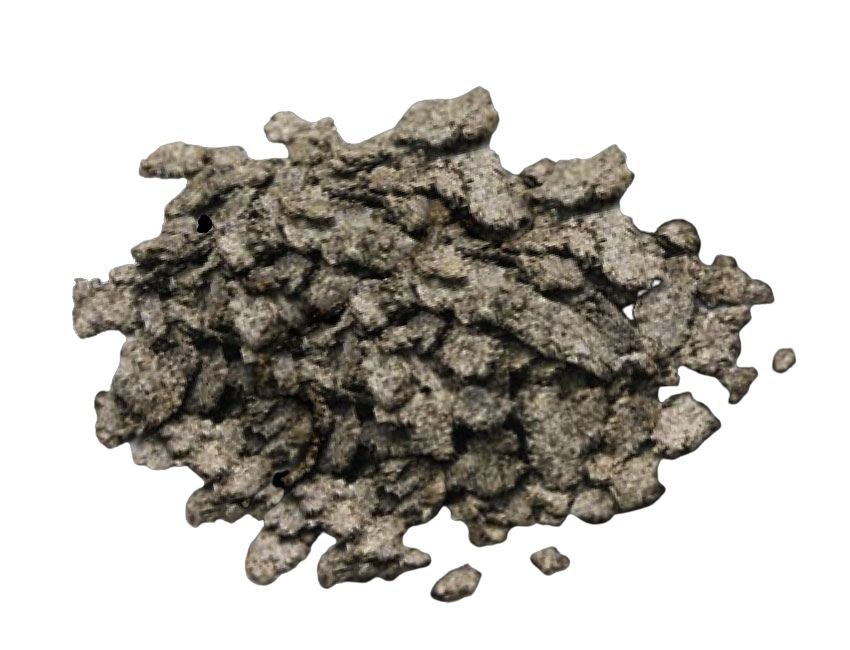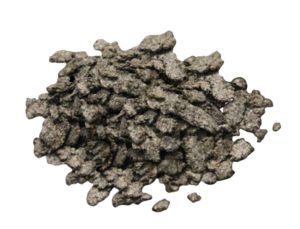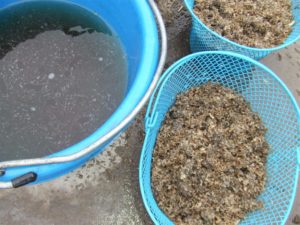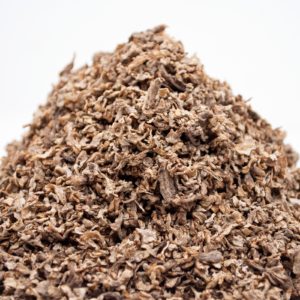
12 Dec 2021 Feeding Beet Pulp
Feeding beet pulp is one of the main ingredients in equine food – and for good reason!
Benefits
It’s versatile, affordable, and has a surprising number of benefits and applications. Many people look into feeding beet pulp when their horse starts losing weight, or cold weather starts to approach.
While beet pulp is fantastic for “hard keepers” or older horses who have trouble chewing denser food groups it supplies a great source of fiber to your horse and is a great way to carry other items such as medications or minerals in powder form.
What is Beet Pulp?
 Beet pulp is made from the fibrous material that is left over after sugar beets are processed when extracting sugar for human consumption.
Beet pulp is made from the fibrous material that is left over after sugar beets are processed when extracting sugar for human consumption.
Post-processing, beet pulp has a high water content, which makes it susceptible to molding, so it is dried out for storage and longevity.
Dried beet pulp can be found in pellets or flakes. Whether you use pellets or flakes, you should always measure your feed by weight and not by volume which is not a reliable measurement, especially when multiple people are involved in feeding your horse.
Fiber
Beet pulp contains highly digestible fiber which is crucial in the functioning of the hind gut. Ideally, horses get their fiber supply amply met through forage such as hay and grass but when that is not sufficient or not enough time for grazing is available, beet pulp can be a good alternative.
Fiber is essential in the hind gut to cultivate a healthy micro biome and encourages the ‘healthy’ bacteria flourish, which help digest food and extract nutrients. Since sugar has been extracted, the beet pulp without added molasses contains very little sugar (less than 5%) which is a healthy food source.
 Why Soaked Beet Pulp?
Why Soaked Beet Pulp?
Because beet pulp has been dehydrated to be packaged and stored, it has to be soaked before it is fed. The soaking actually provides multiple benefits, especially to horses who are dealing with allergies, are prone to heaves or other respiratory issues or struggle to eat baled hay, because it is dust free.
Soaking also makes it very palatable for horses with dental issues and helps hydrate horses in general, helping to prevent choke or impaction in the digestive tract. An example of high-quality 95% sugar free beet pulp can be found here – SpeediBeet.
To properly soak your beet pulp, put approximately two to three times as much water as beet pulp into a bucket and let it soak until it stops growing in size. Warm or cold water can be used, but you should never feed your horse either extremely hot or cold food.
Normally, you have to wait to allow the beet pulp to soak for 40-60 minutes, but SpeediBeet soaks in 10 minutes and can be prepared much quicker.
Sugar Beets for Horses with Special Diet Concerns
If you have a horse with metabolic issues (such as Cushing’s or Metabolic Syndrome), you can reduce the amount of sugar in your standard beet pulp even more by draining or rinsing the excess water off the beet pulp once soaked.
Whether your beet pulp is pelleted or flaked, often molasses has been added for palatability, adding unnecessary and undesired sugars. If you want to feed as little sugar as possible to your horse, add more water than usual, then drain the excess off the top before feeding.
 How to Feed Beet Pulp
How to Feed Beet Pulp
Soaked beet pulp is quite tasty, and most horses will eat it plain. However, most horse owners choose to feed beet pulp along with other feeds, such as alfalfa pellets, coconut meal, supplements or medicine. If you’re adding beet pulp to your horse’s meal plan for the first time, start with a small quantity and gradually increase the amount fed over a period of two weeks.
It is important to remember to not make sudden changes to your horse’s diet. If you plan to add beet pulp to the diet, keep the ingredient in it for the duration of the winter or for as long as the horse needs it to gain weight.
Warning about “Mass Production”
Another aspect to be cautious about it how much beet pulp you prepare at once and how long you leave it unused. You should soak just the amounts of beet pulp to be fed at each meal.
Some people think that making a large vat of beet pulp in advance saves them time, but adding water to the dehydrated product can cause fermentation in warmer weather which will also change its odor and flavor.
To prevent this fermentation, only buy high-quality beet pulp that has been treated with an infrared light, like this one, that has the fibers and lignin broken down more for safer feeding and quicker soaking time.
The Bottom Line
In short, beet pulp is a fantastic dietary supplement for horses. Its main benefits are in its high fiber content, and how it increases the amount of moisture content in your horse’s food.
It’s wildly popular with owners of older horses, or horses with dental issues, as it does not need to be chewed as thoroughly before being safe to swallow. And it is a great way to feed medications to your horse.
If you’re looking for an easy beet pulp
product to get started with, check out my recommendations here.
Learn more about your horse’s digestive system and nutrition.
Schedule your free nutrition evaluation